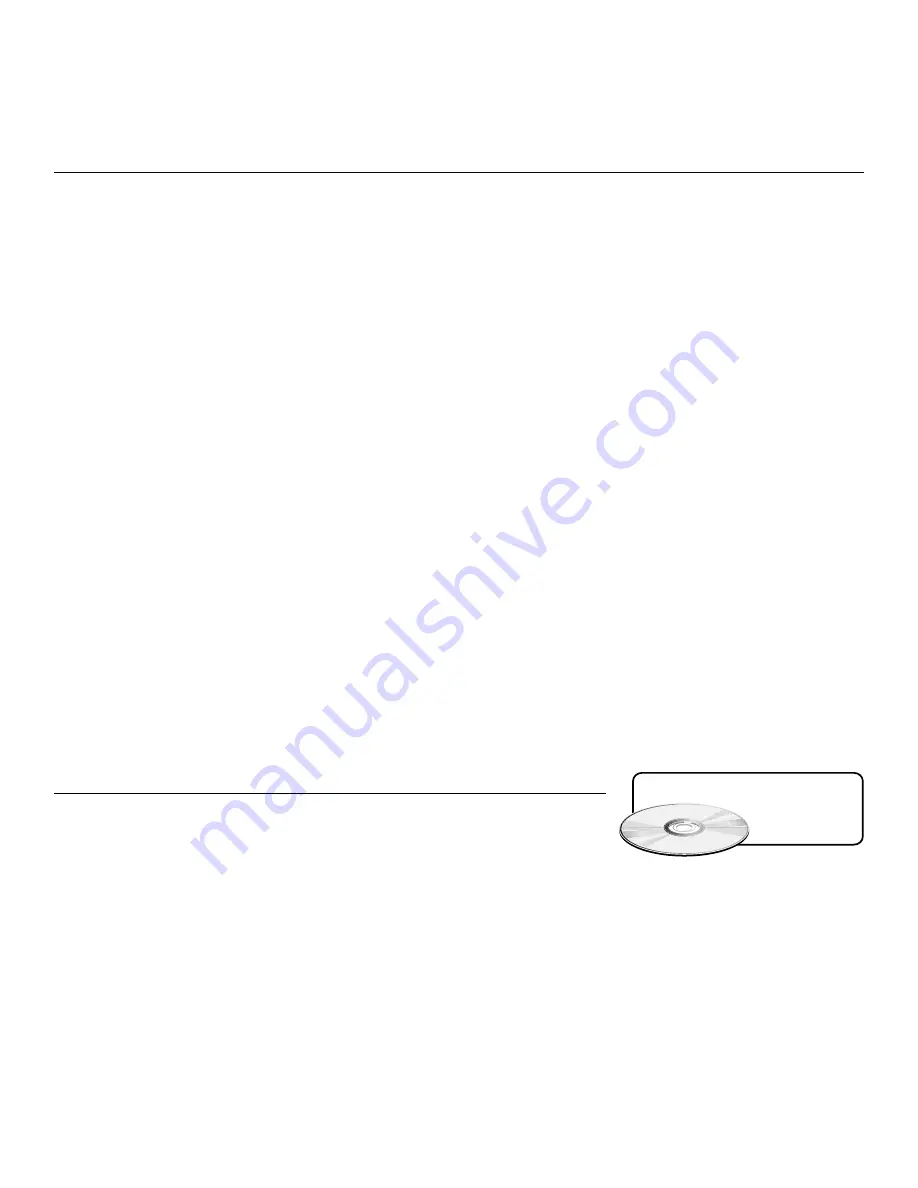
If you have any questions, see
Professional
Cutting Tips
DVD
u
To make ripple carrot sticks, start with the largest carrots you can find. Then, trim each end so the carrot is shorter
than the cutting part of the ripple cut blade. Slice off one side and turn the carrot so the flat side is down. That way
the carrot will lie flat instead of rolling. Then make a few more slices. Hold the slices together and turn them onto
another flat side. Make a few more slices and you’ll have ripple cut carrot sticks.
Care and Cleaning
Knives:
The LeverEdge
knife and ripple cut knife are dishwasher safe. However, like other manufacturers of fine,
high quality knives, we recommend washing by hand in hot, soapy water after each use. Dry immediately. Soaking
may result in staining due to mineral content in some water supplies.
If the knives are cleaned in the dishwasher, observe the following: avoid contact with other knives, metal utensils, or
cookware and lay knives flat on a rack positioned so they cannot fall through the rack.
Like any stainless steel utensil, residue from foods, particularly squash, may remain on the knife after rinsing. You
can remove this residue by using a cleaning pad, such as Scotch-Brite* Multi-Purpose Scrub Sponge. If desired, use
a non-abrasive compound such as Bon ami** polishing cleanser. Apply the product with a damp sponge and wipe
stains off quickly. When cleaning, be sure to hold the handle with the blade edge away from you. Polish carefully
and slowly, with a motion directed away from you. Do not use steel wool or cleaners with chlorine bleach to clean
the LeverEdge
knife or ripple cut knife.
When necessary, sharpen the LeverEdge
knife using a sharpening steel or stone, or have the knife professionally
sharpened. Use of an electric knife sharpener to sharpen the LeverEdge
knife is not recommended. Do not sharpen
the ripple cut knife.
Cutting boards and base:
Unlatch pivot post and wash cutting board base and removable cutting board in hot,
soapy water, or wash it in the top rack of your dishwasher. Position cutting board base in the dishwasher with pivot
post unfolded so pivot points can be cleaned thoroughly.
If raw meat, fish, or poultry has been cut on the cutting surfaces disinfect with a sanitizing solution of 1 teaspoon of
chlorine bleach to 1 quart of water after washing. Pour or spray the solution over the cutting surface, allow the solu-
tion to remain for a few minutes, and then rinse with clean water.
Note:
Like all cutting boards, the removable cutting board may become stained after cutting foods such as carrots or
squash. If you wish to remove the stain, spray or wash with the sanitizing solution.
Blade lock and blade guide/finger shield:
Place in the utility basket of your dishwasher or wash in hot, soapy wa-
ter.
The pivot post sections may be unlatched and folded back under the base for easy storage.
*Scotch-Brite is a registered trademark of 3M.
**Bon ami polishing cleanser is a registered trademark of Faultness Starch/Bon Ami Co.
Questions and Answers
Do I need to use the blade lock when cutting hard foods?
Once you become adept at using the LeverEdge
cutting center for cutting hard
foods, you may find that it isn’t necessary to use the blade lock for cutting these
foods. The purpose of the blade lock is to lock the knife tip in position while you make your cut, so it doesn’t slip out
of the pivot point. If you prefer to cut your foods without the blade lock in place, you must pull the knife towards you
as you make your cuts.
My knife keeps slipping out of the pivot point as I am trying to cut hard foods. What am I doing wrong?
If you are using the blade lock, it may not be properly positioned in the pivot post. When correctly positioned, only
the top is visible (See Fig. G, page 2).
If you are not using the blade lock, it is because you are not pulling the knife forward far enough to be engaged in
a pivot point. Pull the knife handle toward you to engage the knife in the pivot post. Use the blade lock to hold it in
place.
5














